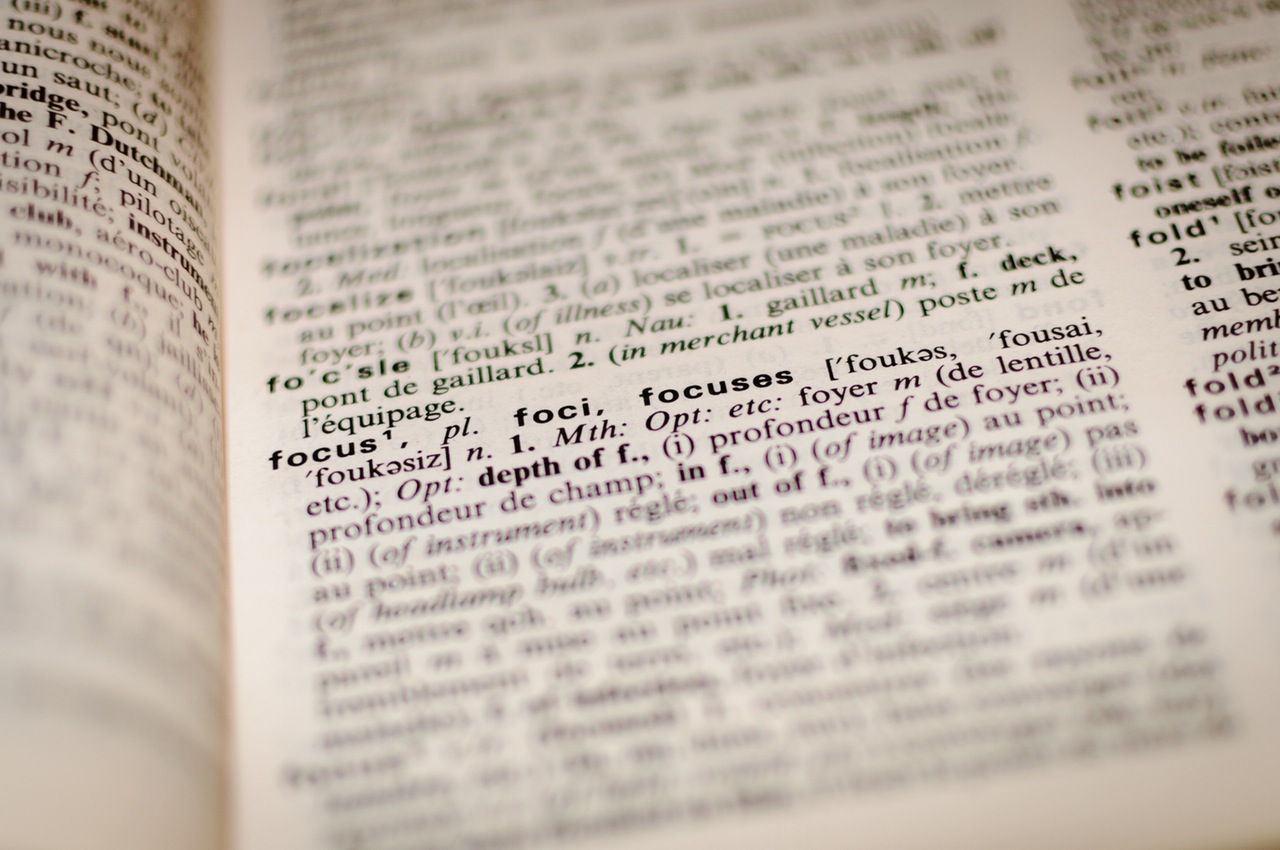Practicing a musical instrument can be a frustrating experience.
Lots of hours focused on just getting one or two small sections perfect, only to be faced with more the next day or week.
However, practice isn’t just about focusing on small details and getting individual notes correct. At least part of your practice time needs to be focused on the big musical picture of your solo, excerpt, or even an entire concert program.
While it might seem that the details and the big picture are all part of “practice”, it’s worth knowing that these two things are often actually two different “modes” of thinking: focused and diffuse.
Focused thinking is also referred to as deep work (Cal Newport explains this very well in his excellent book) or a flow state. This is where we feel the most productive.
Equally important, though, are shorter periods of diffuse thinking. These happen when we let our minds wander throughout the day. Not necessarily thinking of anything in particular, but just letting a new concept or idea wash over us. This kind of thinking often happens when we “zone out”.
There’s a great practical example of this concept over on the Farnam Street blog:
Think of how your mind works when you read. As you read a particular sentence of a book, you can’t simultaneously step back to ponder the entire work. Only when you put the book down can you develop a comprehensive picture, drawing connections between concepts and making sense of it all.
These thinking modes have been studied in science too. The same Farnam Street article mentions a journal article called “The Richness of Inner Experience: Relating Styles of Daydreaming to Creative Processes”.
This journal article covers the many different types of diffuse thinking models and how useful (or not) some of them might be.
If you’ve never thought about thinking, it’s an interesting concept to consider. This journal article isn’t filled with jargon, either, and it covers lots of subtle differences in different styles of daydreaming (content, mood, thinking style, and intentionality) and how these can be positive or negative, depending on your goal.
However, no matter the specifics, it seems that for most people, focusing and working deeply on a problem, and then taking a short break to work on something mentally freeing but physically active is a good strategy. Cleaning, washing dishes, light exercise, a walk, or something similar can give your brain time to absorb what you’ve learned.
Social media, while it is a common “mental escape”, doesn’t really let your mind wander in the same way (not to mention it can make it hard to get back to focusing).
Next time you’ve got a tough piece to work up or a lot of information to learn, let your mind wander a bit more after focusing, and see if that might help you learn a bit deeper or a bit faster.





